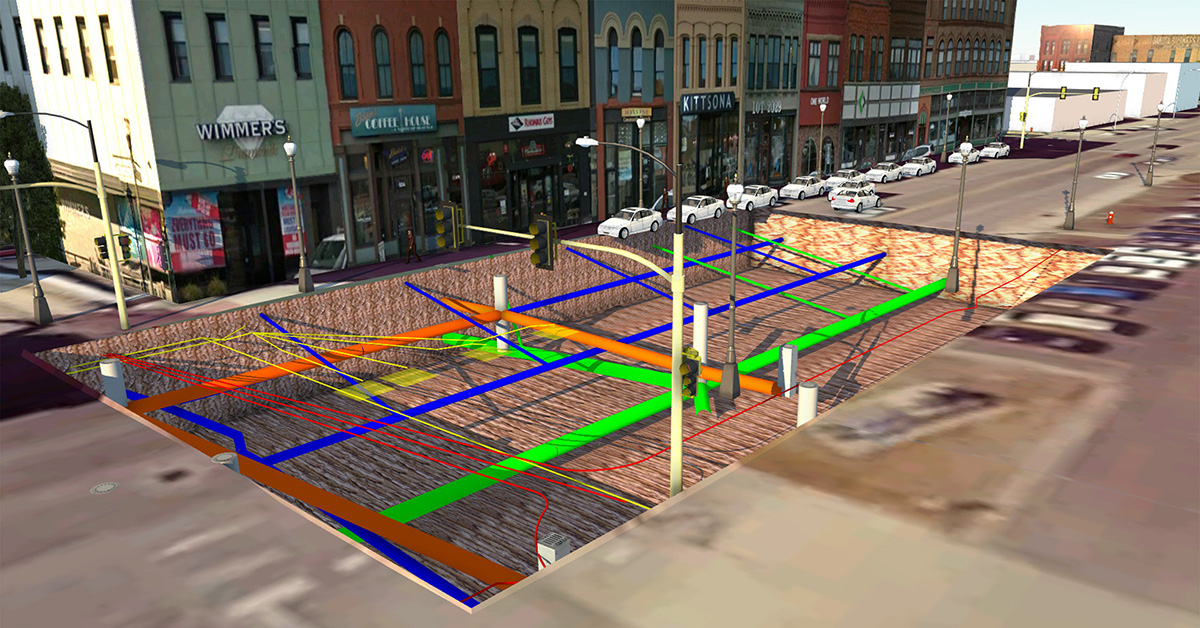Digital Project Delivery
The efficient and precise delivery of design plans has always been at the heart of successful project execution. However, innovative methods such as digital design plan delivery are now replacing traditional methods of project delivery.
Digital design plan delivery is the process of creating, sharing, and managing design plans through digital platforms, revolutionizing the way projects are conceptualized and executed. So, why is this process so crucial in the field of civil engineering?
The key components and benefits of digital design plan delivery showcase how it’s an indispensable tool for modern infrastructure construction.
Key Components of Digital Project Delivery
The technology components within project delivery have empowered project teams to work more efficiently, collaborate effectively, and make data-driven decisions throughout the project lifecycle. Among the various components of digital design plan delivery, three stand out as essential tools for achieving these goals:
Geospatial Technology Integration: Geospatial technology integration involves the incorporation of geographic information systems (GIS) and location-based data into the digital project delivery process. This technology enables detailed site analysis, helping project teams make informed decisions regarding site selection, environmental impact assessments, and infrastructure planning.
Building Information Modeling (BIM): BIM involves the creation and management of a digital representation of a building or infrastructure project, which includes the 3D geometry of the structure and a wide range of data (such as specifications, materials, costs, and schedules). This data integration facilitates accurate cost estimation, project scheduling, and resource allocation.
Cloud-Based Project Management: Cloud-based project management systems offer a centralized hub for project information, accessible from anywhere with an internet connection. Project managers can assign and track tasks, monitor progress, and identify bottlenecks or delays in real-time, leading to improved project scheduling.
Benefits of Digital Project Delivery
Utilizing technology for project delivery can streamline processes, enhance project management, and ultimately lead to more successful outcomes. Among the numerous benefits, two prominent advantages of digital project delivery stand out:
Time and Cost Savings: Through the use of advanced technologies such as BIM, teams can optimize the planning and design phases, leading to quicker project starts. Real-time collaboration, enabled by cloud-based project management platforms, further accelerates decision-making and problem-solving, reducing delays.
Risk Mitigation: Digital project delivery facilitates early identification of potential issues or conflicts in the project design. BIM software, for instance, can automatically detect clashes between different building elements, such as pipes intersecting with structural components. Geospatial technology can assess risks associated with the project’s location, including environmental hazards and infrastructure vulnerabilities.
Get Started with SRF Consulting
Digital advancements have become instrumental in reshaping the way projects are planned, designed, and executed. By embracing these technological innovations, civil engineering professionals position themselves not only to remain competitive but also to thrive in an environment of constant change.
As a leading consulting firm committed to improving the future of public and private infrastructure systems, SRF Consulting stands ready to collaborate with you. Contact us today to learn about the possibilities of technology in your civil engineering projects.
Frequently Asked Questions (FAQs)
Q: What is the significance of digital project delivery in civil engineering?
A: Digital project delivery determines how projects are planned and executed. It harnesses advanced technologies to streamline processes, enhance collaboration, and improve decision-making.
Q: How does BIM contribute to project efficiency?
A: BIM provides a digital representation of a project that includes 3D geometry and associated data. This enhances efficiency by improving coordination, reducing errors, optimizing resource allocation, and facilitating real-time collaboration among project teams.
Q: How does digital project delivery impact project timelines?
A: Digital project delivery accelerates project timelines by optimizing various project phases. Technologies like BIM and cloud-based project management enable quicker decision-making, real-time communication, and enhanced collaboration, which collectively reduce delays.
Q: What are the training requirements for adopting digital tools?
A: The training requirements depend on the specific tools and technologies being implemented. Generally, training should cover the basics of the chosen software or system, including user interface navigation, data input, and collaboration features. More advanced training may be required for specialized roles within a project team.

